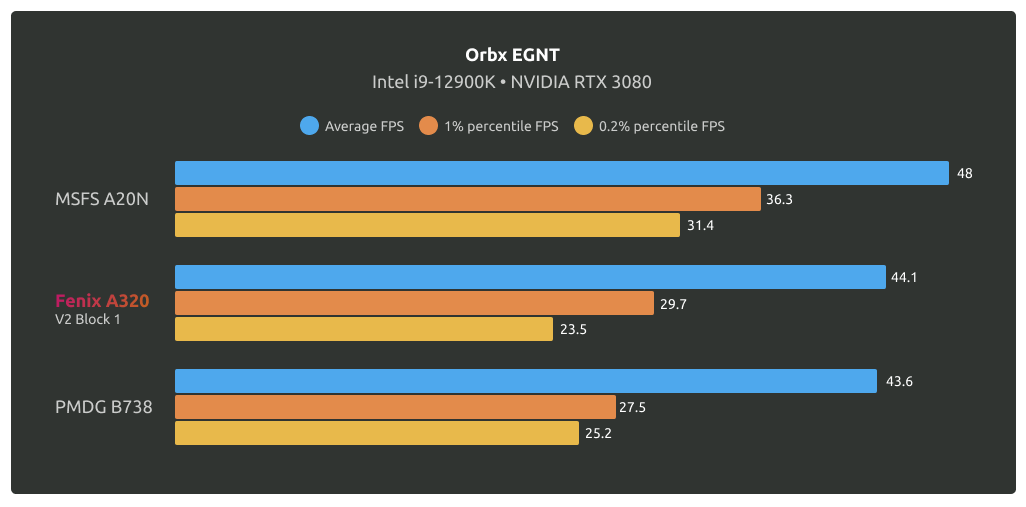1
White Elephant: nuclear power plant in Kalkar which was transformed to a theme park
(upload.wikimedia.org)
1
White elephant: Bangkok's never finished Elevated Road and Train System (BERT)
(upload.wikimedia.org)
1
White elephant: Bangkok's never finished Elevated Road and Train System (BERT)
(upload.wikimedia.org)
1
White elephant: Bangkok's never finished Elevated Road and Train System (BERT)
(upload.wikimedia.org)




